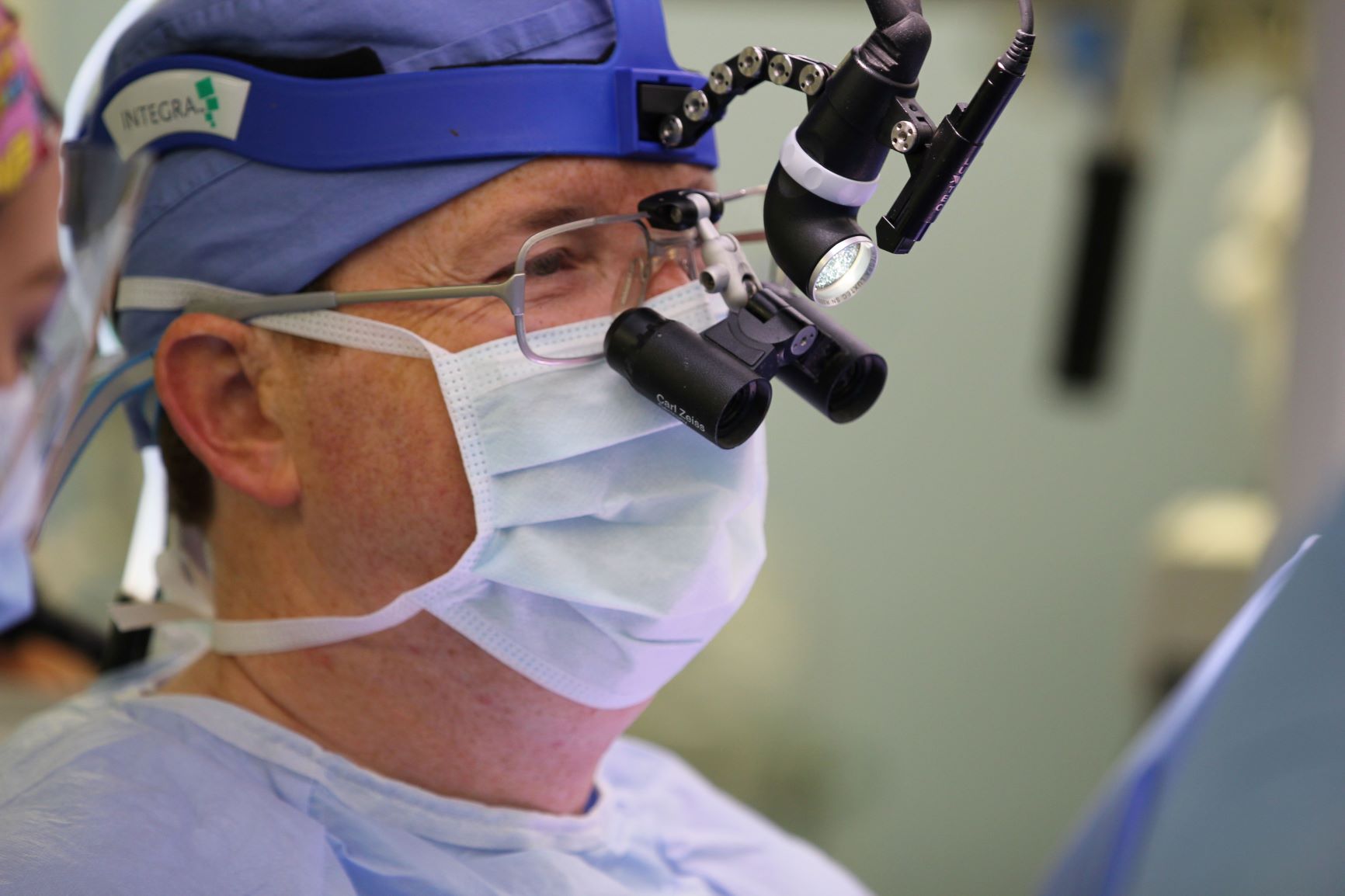Neonatal & Infant Cardiac Surgery
There are numerous types of heart defects in children – some that are present upon birth (congenital), and some that develop with age. Any defect that develops inside the heart or in the large blood vessels connected to it is considered a heart defect. Depending on the severity of the defect, your child may need surgery immediately or may be able to safely wait for a few months, or even years. Heart defects in children may be repaired using either open-heart or closed-heart surgery or, in some cases, through an artery in the leg.
Single Ventricle Surgery
Although it is rare, babies are sometimes born with only one of the two necessary ventricles of the heart, leaving only a single ventricle to pump both the oxygenated and non-oxygenated blood the heart needs. As a result, the body gets too little oxygenated blood – creating a bluish appearance. Treatment for this condition starts very early in the newborn’s life and requires three stages of treatment. The first occurs in the first few weeks of life and consists of surgically placing a shunt to allow more blood flow to the lungs. The second, called the Glenn, is performed late in infancy and replaces the original shunt. Finally, when the child is between 18 months and 3 years of age, the final procedure, the Fontan, is performed. This final step changes the way blood is pumped to the heart, allowing it to flow from the body to the lungs and to separate oxygenated and non-oxygenated blood, greatly improving and sometimes even eliminating the condition altogether.
Minimally Invasive Cardiac Surgery
Minimally invasive heart surgery procedures provide an alternative to open-heart surgery, eliminating the need to cut through the breastbone. Using either laparoscopic or robot-assisted techniques, the surgeon will work through small incisions in the child’s rib cage. Because these are much smaller incisions, patients can generally expect less pain and discomfort, and less recovery time after surgery.
Congenital Coronary Anomaly Repair
In a very small percentage of newborns, the heart is formed with both the left and right coronary arteries on one side of the aorta, forcing the misplaced artery to take a different course to send blood to the heart. The condition is called a coronary artery anomaly and, in many cases, may cause no difficulties or symptoms. However, for those who do experience difficulties, surgery to re-implant the anomalous artery on the correct side may be necessary.
Extracorporeal Membrane Oxygenation (ECMO)
For children with life-threatening heart or lung conditions, ECMO is a life-support system that provides breathing and heart functionality while the child is undergoing treatment. The ECMO machine moves blood from the child to the machine’s “lung,” where it simulates normal lung function by adding oxygen and removing carbon dioxide, then sends it back to your child. ECMO can provide life-saving support to children for days or even weeks as necessary for treatment.
Mononuclear Cell Therapy for Hypoplastic Left Heart Syndrome
Children born with a severe underdevelopment of the left side of the heart, or hypoplastic left heart syndrome, usually require surgical intervention, completed in stages, to reroute the flow of blood in the heart. In many cases, in the first phase of treatment, the surgeon will inject mononuclear cells to help boost the performance of the right side of the child’s heart. The outcome of this phase helps the surgeon determine the appropriate steps during the second phase of treatment.
Pediatric Thoracic Surgery
In addition to cardiac defects, we provide comprehensive thoracic surgical care. This includes the surgical care of chest wall deformities such as pectus excavatum and carinatum. In addition, thoracic tumor surgery as well as surgery for hyperhidrosis is available.
